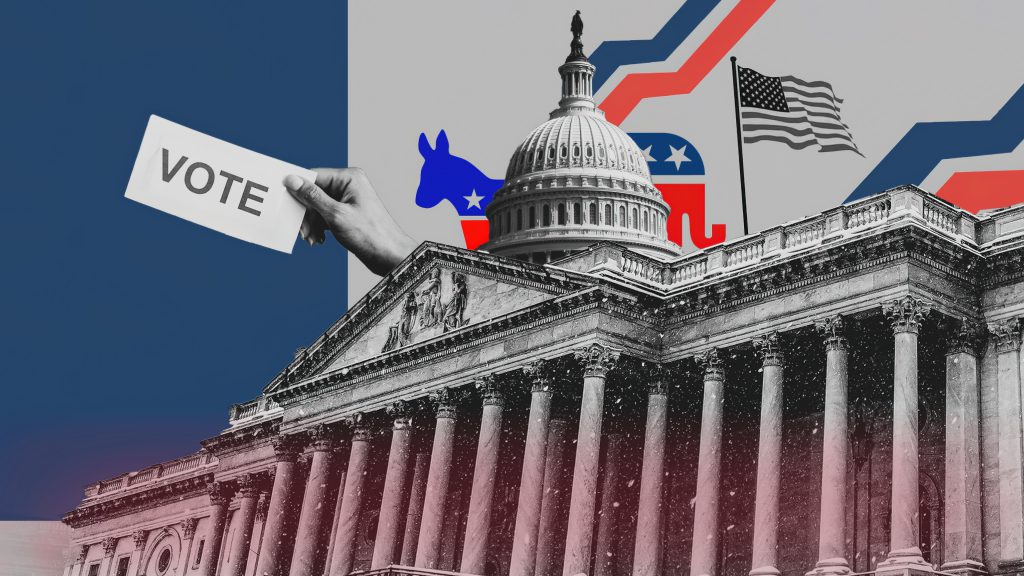Lessons from America – A mandate for change or a gamble on the future?

Donald Trump’s return to the White House as the 47th President of the United States has come as a shock to many. Two years ago, a second Trump presidency seemed improbable, especially in the wake of the January 6th Capitol riots in 2021, an event that profoundly shook the nation’s democratic foundations. Yet, despite it all, Trump has reclaimed the most influential job in the world. This outcome raises the obvious question: How could a leader who once seemed an affront to democracy now find himself back in the Oval Office?
One answer, it seems, lies in America’s demand for change—almost at any cost. Discontent with the status quo, many Americans saw Trump not as the man, but as a potential pathway to addressing issues they felt had been left to languish. Disenchantment with President Biden’s performance appears to have significantly influenced the final result. Throughout his presidency, Biden, once a figure of hope, increasingly became seen as a liability to his party. His decision to pull out of the race was viewed by many as too little, too late, particularly after an unconvincing debate performance. The attempt to reframe the campaign with Kamala Harris as a central figure was equally unpersuasive. Frustrated Americans were drawn to Trump’s bold promises on issues like the economy, immigration, and law and order, seeing his policies as direct answers to pressing national concerns.
Indeed, the election results reveal a notable shift among working-class voters. This bloc, feeling left behind by the establishment, gravitated toward Trump, viewing his platform as more attentive to their struggles. Attempts by opponents to brand Trump’s rhetoric as racist or divisive may have inadvertently backfired, driving support for him even among traditionally Democratic voting blocs. For instance, some Latino voters, such as the Venezuelan migrant who remarked, “Coming down heavy-handed against crime and abuse and making society safe has nothing to do with racism or colour of the skin,” reflected this trend. Trump’s supporters, often described with harsh terms and subject to attacks on their character, were galvanized rather than deterred by the labels of “mentally unstable” or worse. Such discourse from the opposition often seemed to exude panic rather than genuine concern.
Pollsters, meanwhile, were left grappling with the election’s surprising results. Mainstream media’s critical stance on Trump supporters may have led many voters to conceal their intentions, particularly in response to conventional polls. Traditional polling methods underestimated the depth of the demand for change, while those reading the broader public mood were closer to predicting the actual outcome. This trend is not entirely unique to America; Malta’s recent MEP election also saw significant discrepancies between poll forecasts and actual voter behaviour, highlighting the limits of traditional polling when voters feel misunderstood or judged.
Ultimately, Trump’s return to office speaks to a public desperate for a shift, uncertain though it may be. Whether his renewed mandate will serve as the catalyst for meaningful reform or a divisive gamble on America’s future remains to be seen. The nation—and the world—will be watching.
